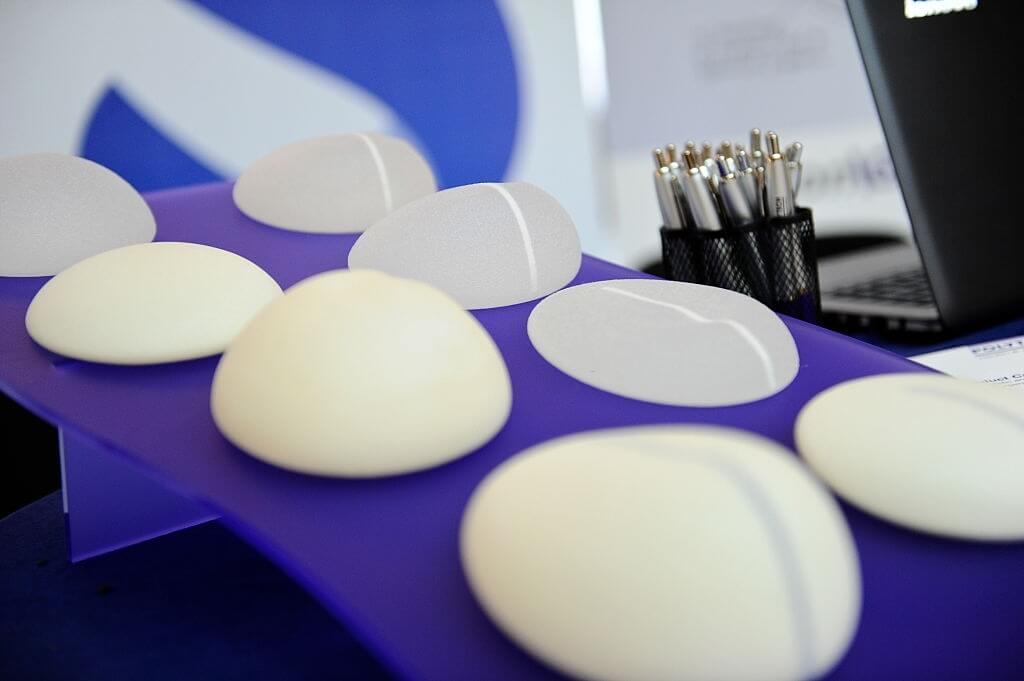
Breast augmentation — also known as augmentation mammoplasty — is surgery to increase breast size. It involves placing breast implants under breast tissue or chest muscles.
For some women, breast augmentation is a way to feel more confident. For others, it's part of rebuilding the breast for various conditions.
If you're considering breast augmentation, talk to a plastic surgeon. Make sure you understand what surgery involves, including possible risks, complications and follow-up care.
Breast augmentation might help you:



